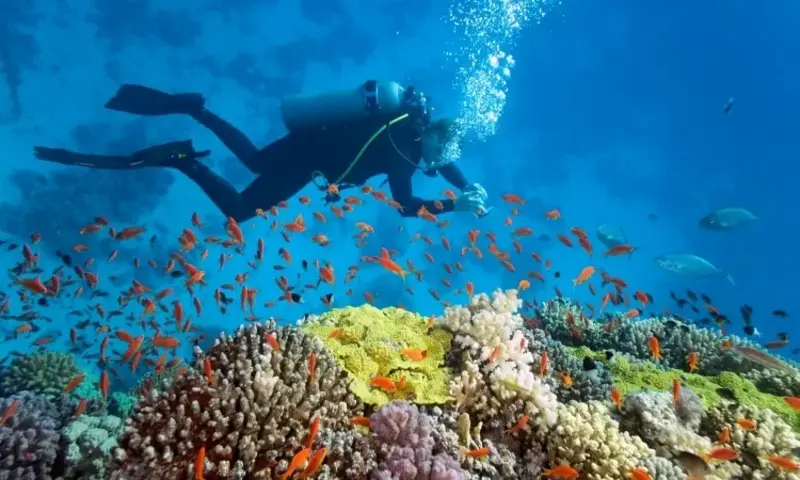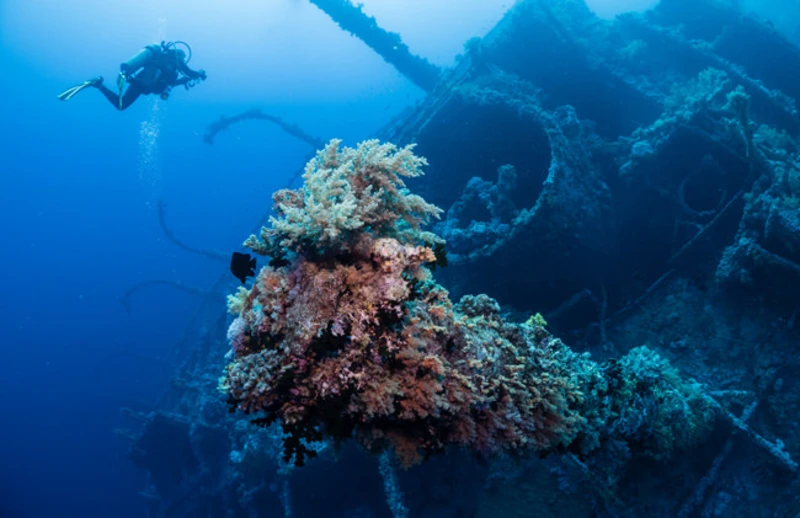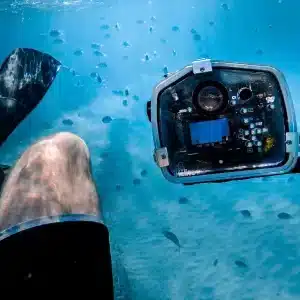top 10 Red Sea dive sites
Red Sea dive sites are one of the most enchanting diving destinations in the world. Known for its warm, crystal-clear waters and an astonishing variety of marine life, it’s a haven for divers of all skill levels.
Whether you’re fascinated by the vibrant coral reefs or intrigued by the mysteries of historical shipwrecks, the Red Sea offers something extraordinary for everyone.
This guide highlights the top 10 dive sites in the region, ensuring unforgettable underwater adventures.
Top Red Sea Dive Sites
Diving in the Red Sea is not just about exploring; it’s about connecting with nature’s brilliance, gaining a sense of adventure, and making memories that last a lifetime.
Here are the must-visit Red Sea dive sites for both beginners and seasoned pros
1. Ras Mohammed National Park (Shark and Yolanda Reef)

– Location: South Sinai, Egypt.
– Why It’s Special? Famous for its stunning coral walls, diverse marine life, and remnants of the Yolanda shipwreck. Expect to see barracudas, reef sharks, and tuna.
– Ideal For Advanced divers due to strong currents.
2. Thistlegorm Wreck

– Location: Near Sharm El Sheikh, Sinai, Egypt.
– Why It’s Special? This iconic World War II shipwreck offers a unique dive through history, with motorcycles, rifles, and trucks still intact.
– Ideal For Intermediate to advanced divers.
3. Blue Hole, Dahab

– Location: Dahab, Sinai, Egypt.
– Why It’s Special? Known as one of the world’s most famous and challenging dive sites, the Blue Hole features a breathtaking vertical cavern.
– Ideal For Advanced and technical divers.
4. Elphinstone Reef

– Location: Near Marsa Alam, Red Sea, Egypt.
– Why It’s Special? Home to vibrant corals and pelagic species like hammerhead and oceanic whitetip sharks. The dramatic walls are a visual treat.
– Ideal For Experienced divers.
5. Giftun Islands (Orange Bay and Careless Reef)

– Location: Hurghada, Red Sea, Egypt.
– Why It’s Special? Shallow waters, abundant marine life, and stunning coral gardens make it perfect for all levels. Spot moray eels, clownfish, and napoleon wrasse.
– Ideal For Beginner and intermediate divers.
6. The Brothers Islands (Big Brother and Little Brother)

– Location: Central Red Sea, Egypt.
– Why It’s Special? This remote site boasts sheer walls, large pelagic encounters, and vibrant coral reefs.
– Ideal For Advanced divers due to strong currents.
7. Abu Nuhas Wreck

– Location: Near Hurghada, Red Sea, Egypt.
– Why It’s Special? Known as the “Ship Graveyard,” this site features multiple wrecks, including the Carnatic and Giannis D, each offering a unique diving experience.
– Ideal For Intermediate and advanced divers.
8. Gota Abu Ramada (The Aquarium)

– Location: Hurghada, Red Sea, Egypt.
– Why It’s Special? Nicknamed “The Aquarium” for its rich marine life, it’s a haven for underwater photographers.
– Ideal For All diving levels.
9. St. John’s Reefs

– Location: Southern Red Sea, Egypt
– Why It’s Special? A network of coral reefs offering caverns, tunnels, and vibrant marine life such as barracudas and turtles.
– Ideal For Intermediate and advanced divers.
10. Sha’ab El Erg (Dolphin House)

– Location: Hurghada, Red Sea, Egypt.
– Why It’s Special? Famous for its playful dolphins and easy diving conditions, making it a favorite for snorkelers and divers alike.
– Ideal For Beginners and families.
Tips for Diving in the Red Sea
1. Best Time to Visit: October to May offers pleasant temperatures and excellent visibility.
2. Gear Checklist: Ensure your equipment is suitable for warm waters. Consider bringing an underwater camera to capture the stunning visuals.
3. Dive with Experts: Always dive with certified operators like Extra Fun Diving Club to ensure safety and the best experience.
4. Respect Marine Life: Avoid touching or disturbing marine creatures to protect their habitats and ensure their safety.
5. Stay Hydrated: The hot climate can lead to dehydration, so drink plenty of water before and after dives.
6. Plan Your Dives: Check local weather and currents, and always dive within your certification level and experience.
7. Invest in a Dive Log: Keeping a log of your dives helps track your progress and document memorable experiences.
8. Use Reef-Safe Sunscreen: Protect the marine environment by using sunscreens that do not harm coral reefs.
9. Learn Basic Underwater Signals: Effective communication underwater enhances safety and enjoyment during dives.
10. Carry a Surface Marker Buoy (SMB): An SMB ensures you are visible to boats and other divers while on the surface.
Whether you’re a seasoned diver or just starting, these Red Sea dive sites promise adventures that you’ll treasure for a lifetime.
Discover more about the best Red Sea dive sites here
Ready to explore? Book your next dive trip with Extra Fun Diving Club today!




